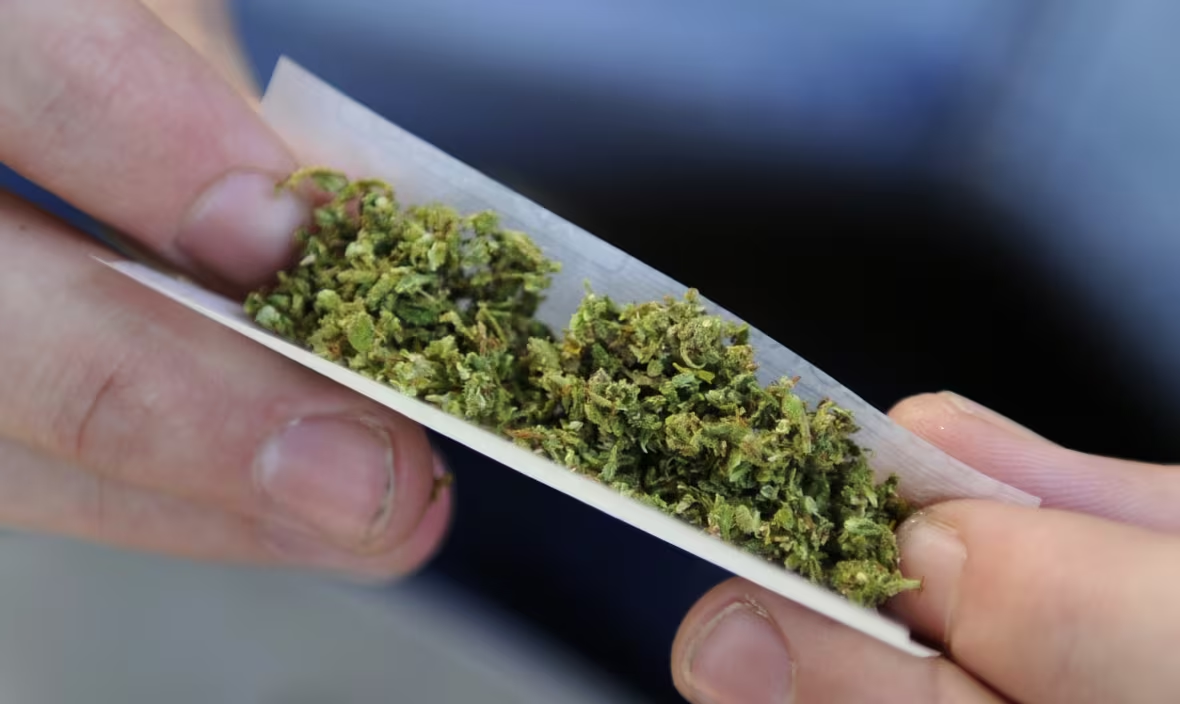Canada's cannabis experiment: Scientists are excited about legalization
The end of prohibition opens the door to research to understand this fascinating plant

This week we are devoting the entire episode of Quirks & Quarks to the science of cannabis. Surprisingly, there are many unanswered questions about the effects of cannabis on the brain, largely because it's been difficult for scientists to study an illegal drug. But with the end of pot prohibition, Canadian researchers will be free to do in-depth research using quality-controlled products and volunteer human subjects.
The marijuana plant has been cultivated for thousands of years and contains at least 115 active ingredients. That makes it a remarkably complicated drug compared to other psychoactive substances that may only contain one or two.
These active ingredients — a family of molecules called cannabinoids, are signalling molecules. They attach themselves to receptors found throughout the brain and body, producing a multitude of effects, from feeling high to managing pain.
But the amount of active ingredient can vary from plant to plant and the effects on individuals depend on age, health, genetics and state of mind. This means even a simple-sounding question like: "What does pot do to the brain?" has a multitude of answers.

The two most significant ingredients are THC, which provides the high, and CBD, which is often credited for the medicinal benefits of pot — like pain and anxiety relief.
In the brain, THC binds to receptors that are involved in the release of the neurotransmitter dopamine which makes us feel good after eating, escaping from danger, or having sex. Dopamine is part of the reward system we've evolved that stimulates us to do do things that are good for survival. Cannabis, like many other drugs, allows dopamine to flow more freely, making us feel good when we get high.
But the brain's reward system can be a fragile thing to tamper with. Which is why cannabis can, in some people, trigger psychosis or paranoia. A person's history with mental illness, or use of other drugs might determine how vulnerable they might be to possible negative effects of cannabis. Addiction and dependency are a risk, though a small one. Experts suggest that cannabis is not as addictive as alcohol, tobacco or even coffee.

The biggest concern over the use of cannabis is with the developing brains of children and adolescents. THC can cross the placenta into the developing brain of a fetus. And the brain is actively being shaped through childhood and late adolescence, as a multitude of new synapses are formed, and others are pruned. Psychoactive drugs, cannabis included, can influence that process, and thus the development of the immature brain. That's why most scientists strongly warn again cannabis use by anyone but adults.
In the end, as with any substance that alters the function of the brain, it comes down to personal responsibility. We alone determine when, where, and how much of the substance we use, or if we use it at all. Of course there will be abuse, as there has been for as long as recreational drugs have been available. But people are capable of making responsible decisions.
My own family is testament to that when it comes to alcohol. My father was a violent alcoholic who drank himself to death by the age of 55. My three siblings and I all drink, but none of us became alcoholics. In fact, most people who drink are not alcoholics, just as most people who use pot are not addicts.

Science will learn more about the effects of cannabis on the body and brain. And that research will no doubt contribute to the public debates we're just starting to have about when it's inappropriate to use it. We'll struggle with questions about cannabis use and things like driving, operating heavy equipment, piloting aircraft, or any job with a high responsibility for human life, like medical professionals, or emergency responders.
But ultimately it comes down to each one of us to take responsibility as Canada embarks on a national cannabis experiment.

